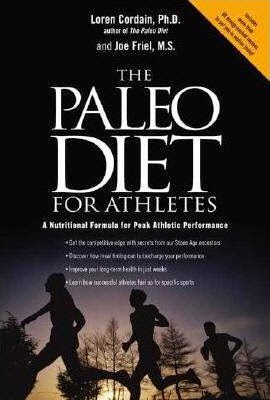A recent review published in Obesity Reviews found that lean people that restricted eating (dieting) to lose weight ended up not only gaining back the weight, but actually gaining more fat and weight compared to where they started. Interestingly, the leaner the person the more effect it had on fat and weight gain. Moreover, a single episode of dieting or more in adolescents increased the risk of becoming overweight by 3-5 times by the time they reached young adulthood when compared to non-dieters. So, if someone was dieting or "weight cycling", the leaner they were the more odds they had of gaining weight and possibly becoming overweight or obese. Gaining more fat and weight compared to what was initially lost is defined as "fat overshooting".
 |
| Taken from leanmansystem.com |
This article is a wake up call to those who are trying to lose weight when they shouldn't or to individuals that are over restricting their intake, especially if they are at a normal weight. Dieting or weight cycling can be detrimental not only to your body composition but also to your health. If weight loss is needed or if you are considering it, consult with a sports registered dietitian or a medical professional.
Dulloo AG, Jacquet J, Montani JP, Schutz Y. How dieting makes the lean fatter: from a perspective of human body composition autoregulation through adipostats and proteinstats awaiting discovery. Obes Rev. 2015 Feb;16 Suppl 1:25-35
Dulloo AG, Jacquet J, Montani JP, Schutz Y. How dieting makes the lean fatter: from a perspective of human body composition autoregulation through adipostats and proteinstats awaiting discovery. Obes Rev. 2015 Feb;16 Suppl 1:25-35






















